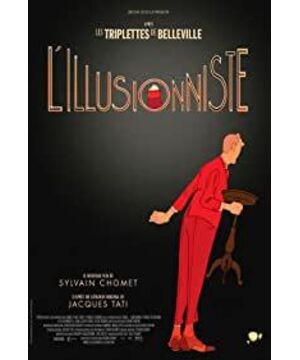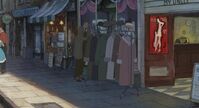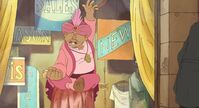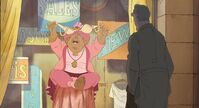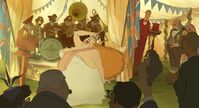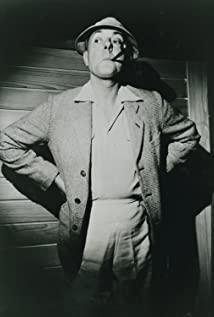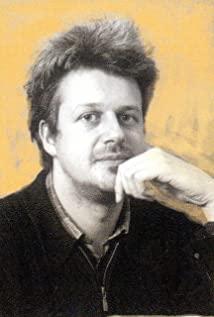When the magician let go of his rabbit, it meant the end of an era.
The overall rhythm of the film is slow, the narrative is weak, the contradictions are scattered, and the pen and ink focuses on the portrayal of the times and the changes in the characters. However, through the presentation and rendering of these appearances, we can still see the everlasting theme-"The Theme of Love", which is in line with the consistent thinking of French movies. Even the sunset is beautiful and warm, making people nostalgic.
Let’s start with the change of characters. As the key figure in the film, the little girl has almost concentrated all the elements of “change”, from the town to the big city, from torn leather shoes to white high heels, from scattered short hair to high combed length. Fa, from believing in magic to truly realizing that "magic is not magic", all the changes culminate in the scene of "a girl passing by another country girl on the street". Back to the partner's side" this scene fell silent. Regardless of the attention to female images and the metaphors of consumerism, the girl representative is far more than just a bad girl who only knows what to ask, but represents the generation from immature to maturity, from the countryside to the city.
Let's talk about the role of the magician in the film with dual identities. As a magician, he has gone from wandering around to becoming a car washer and selling women’s merchandise. Although he is often a little bit happy and has magical French humor, this process is still not stopping his decent and dignity until the end. The complete abandonment of magic and the magnificent string soundtrack of the film adds a bit of tragic fate. However, his other identity, a father, is always full of love and warmth. His paternal love for girls, from taking in to letting go, from indulging to limiting, has different methods, but the core has not changed, and it has become permanent in the film. Warm colors and a flame of hope.
How to map the end of the era from the decline of the individual? The method adopted in the film is to portray a full of details of all beings. From the hanging clown to the triplets who gave up acrobatics to be a painter, to the puppet in the window, from clearly marked prices to free gifts...there are fewer and fewer people in the theater because of material desire In the turbulent society, people no longer believe in fairy tales, and even children no longer have a vision for magic. To think deeper, the film reflects not only the demise of the Great Circus era, but any reincarnation from glory to decline, the breakthrough of the transition from two-dimensional to three-dimensional in animation technology, which blurs the boundary between fantasy and reality time and time again. . Presumably every viewer who has experienced desolation can see his shadow from the protagonist, and see his own field and situation from the times in the film. Isn't this a kind of realistic discourse?
From the silent magic theater to the noisy, loud shouting Billy Boy star chasing scene
Many tribute and detail elements in the film will not be repeated. There is still much room for exploration. But for me, seeing the warm light in the gloomy gray is enough to be moved. This has always been my love to the film. The understanding, from which glimpses can be real and moving emotions can be glimpsed.
At the end, the scenes are changing from warm to dark everywhere, and my mood as a movie viewer slowly sinks...
View more about The Illusionist reviews


